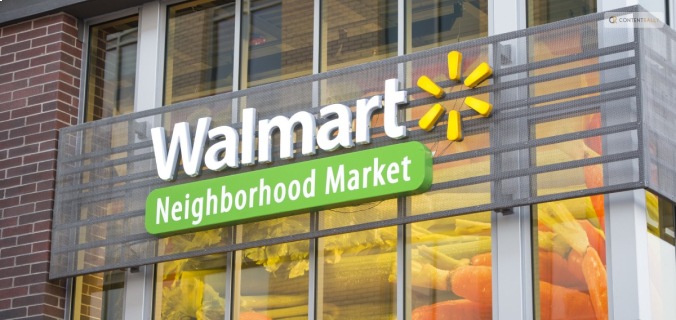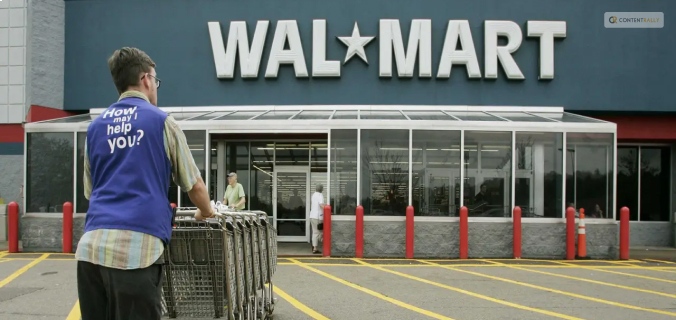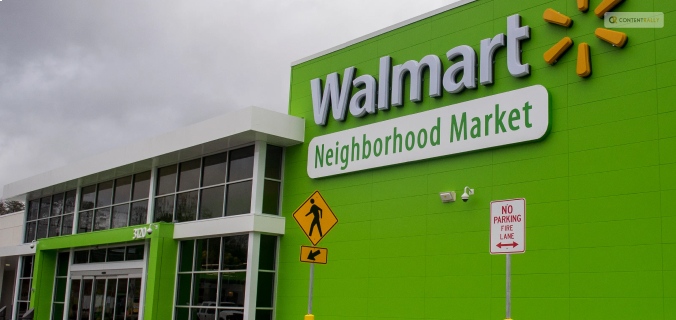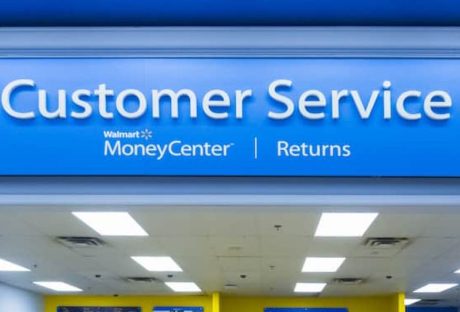If you have been a loyal customer to Walmart, you must have heard about Walmart neighborhood market. If you are interested to know more about this, you have reached the right place.
We all know that platforms like Walmart and Target always try to ensure that they are selling their items at a much cheaper price to the customers. However, it might not be possible all the time, especially in times of inflation. And that is the reason why Walmart came up with the idea of launching their neighborhood markets.
Keep on reading this article till the end to learn more about the same…
What Is The Walmart Neighborhood Market?

The multi-billion dollar convenient cum departmental store company Walmart launched its subsidiary the Walmart neighborhood market in the year 1998. They are reportedly about one-fifth the size of the regular Walmart Supercenters and are typically found in urban areas, in contrast to regular Walmart stores.
Walmart Neighborhood Markets give a choice to the individual customers who are in need of better assistance and service, local food ingredients, and better food choices. However, what makes them unique is the fact that they compete with Whole Foods Market and Trader Joe’s for similar store concepts.
In case you are wondering what was the need to launch this section, let me tell you something. The Walmart Neighborhood Market opened to assist provide customers access to more affordable ingredients. The subsidiary is an endeavour to grow and adjust to the expanding demand for superior yet more affordable ingredients.
In simpler words, Walmart Neighborhood Markets are the smaller stores that provide to the customers goods that are related to household as well as pharmacy at a much cheaper price.
How Is The Walmart Neighborhood Market Different From Other Stores?

You might be wondering how these are different from the ordinary and regular stores. If that is what you are searching for, then I have you covered.
“The Markets are like mini Supercenters. The interior of some of the stores is very similar to Wal-Mart’s big warehouses, with exposed ceiling beams, wide aisles and fluorescent lighting,” according to Business Insider.
The Walmart Neighborhood Markets have a distinct competitive advantage over virtually everyone because the stores offer the same low prices as the massive warehouse stores owned by Walmart, but they are located in much smaller and easier-to-reach locations.
These markets put focus on mainly three categories of items— pharmacy, fuel, and grocery.
With aisles that are devoted to wines and sections that provide the freshest produce to the users and the customers, the Markets serve everything at a rate that is similar to the stores like Trader Joe’s.
When talking about the difference, there is only one that makes the Walmart Neighborhood Markets different from other stores. And it is the fact that these stores are located in many urban and suburban localities.
Services At The Walmart Neighborhood Markets

As I have already mentioned, the Walmart Neighborhood Market is an organization that utilizes a more modest impression, while as yet offering a drug store and family merchandise notwithstanding full-line staple.
Neighborhood Market stores are distinguished from the popular Supercenters by the format’s distinctive exterior and interior finishes. And when it comes to the services that they provide to the customers, there are plenty of them.
Here is a list of the primary services or categories of products that they provide at the Neighborhood Markets:
- Foods
- Wine
- Grocery
- Pharmacy
- Gasoline
Are They Closing Walmart Neighborhood Markets?

In the United States, Walmart began closing hundreds of Supercenter and Neighborhood Market locations in the year 2016 alone. The company closed eight additional Neighborhood Market locations in 2019. This gave rise to a question, whether they are closing down the section of the Neighborhood Market or not.
With regards to Walmart Area Market, the organization has shared that the specialty store initially presented in 2015 hasn’t proceeded as well as they’d trusted. The Walmart Neighborhood Market experiment appears to have not gone as planned, and Walmart is having difficulty determining what customers want.
And even though a number of stores were closed in the year 2022, as per reports by the Wall Street Journal, there is no way the Neighborhood Markets are getting closed!
Wrapping It Up!
Walmart Neighborhood Markets give a choice to the individual customers who are in need of better assistance and service, local food ingredients, and better food choices. However, what makes them unique is the fact that they compete with Whole Foods Market and Trader Joe’s for similar store concepts.
In case you were searching for information regarding the Walmart Neighborhood Market, I hope that this article has been of help to you. If there are any other queries and queries related to the same, please do not hesitate to let me know. All that you need to do is scroll down till you reach the bottom of the page. And then leave your suggestions and questions in the comment box below. If there are any other stores that you might want to know about, let me know as well. And I will be there to answer them all for you!
Read Also:






















